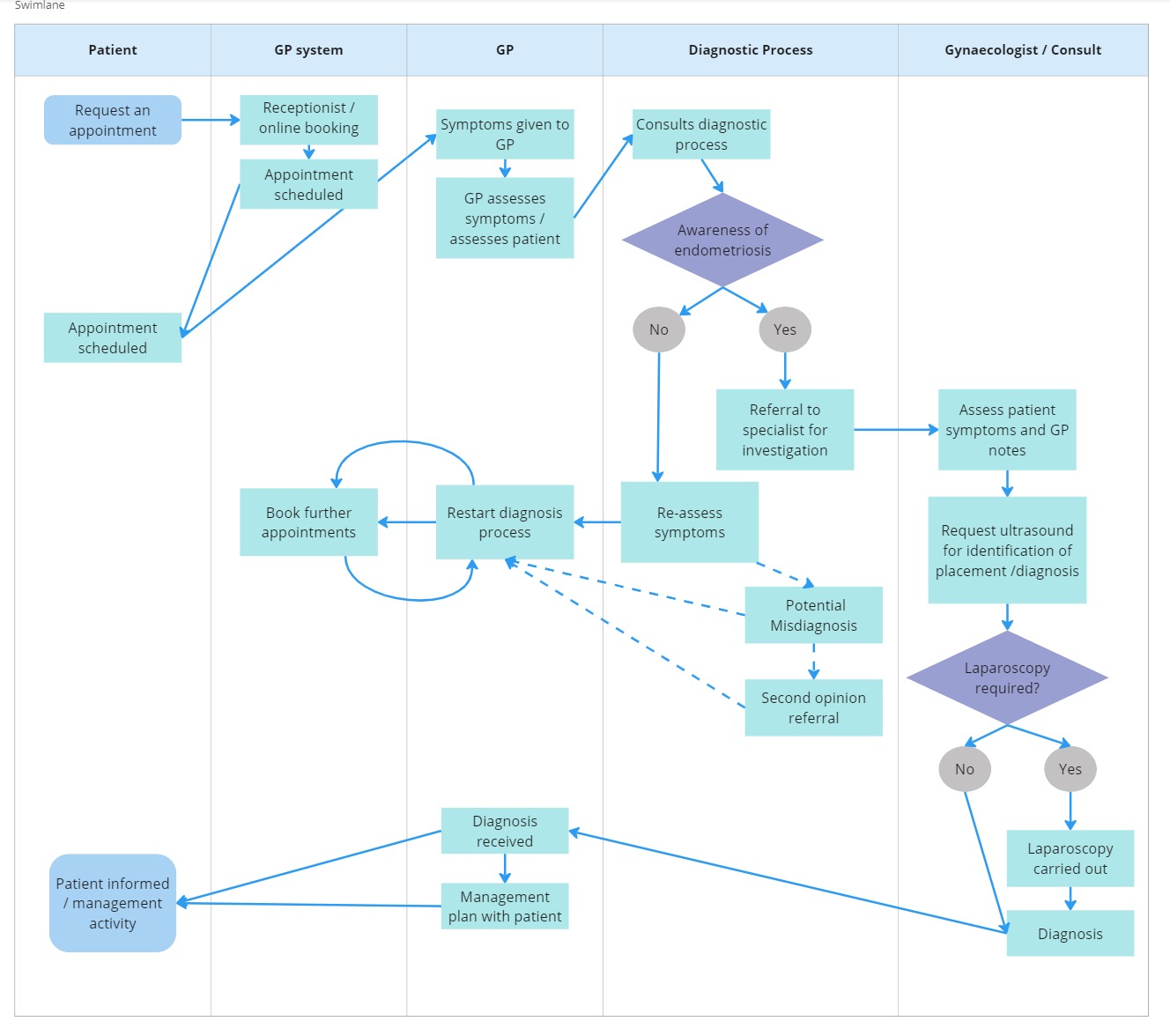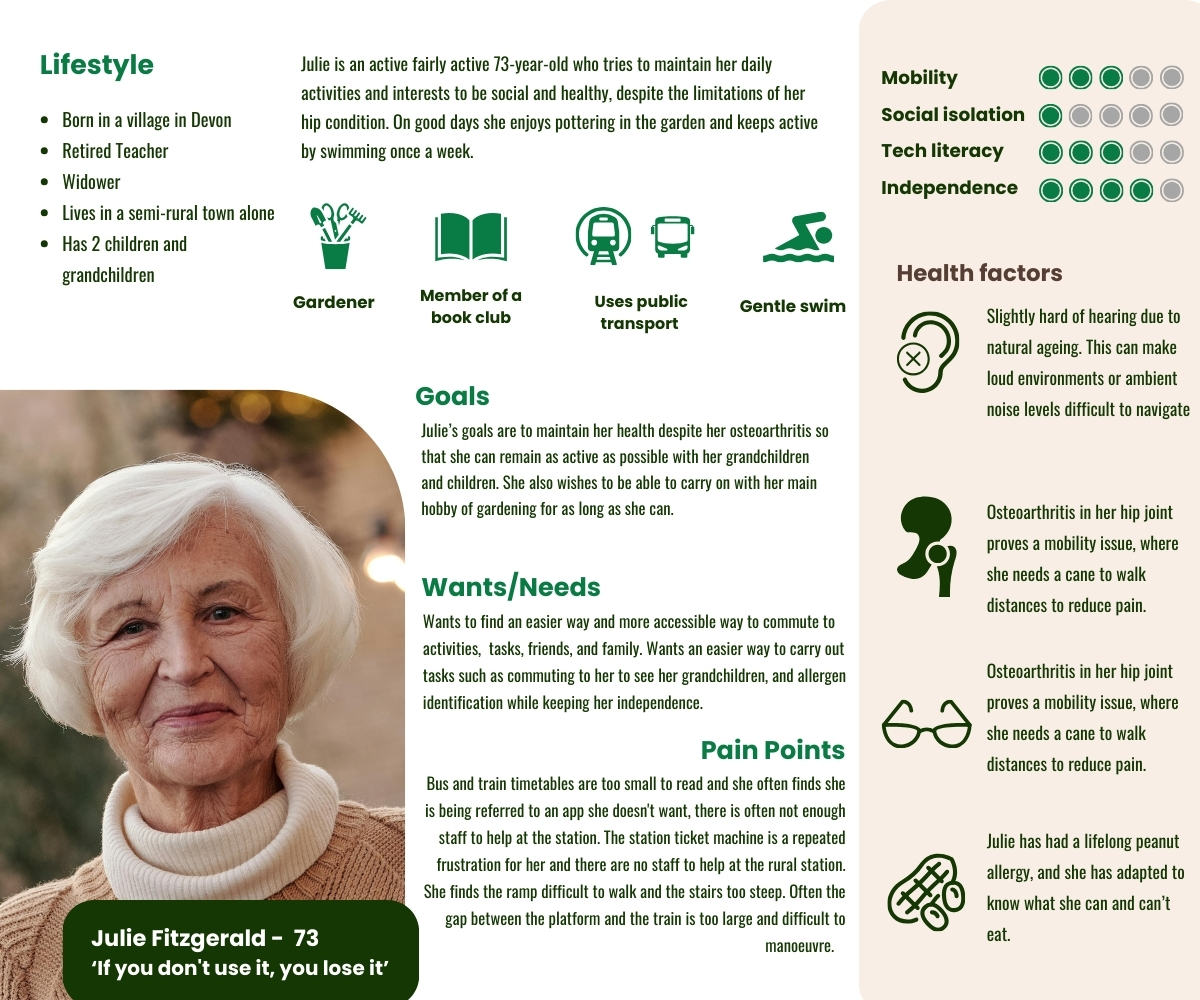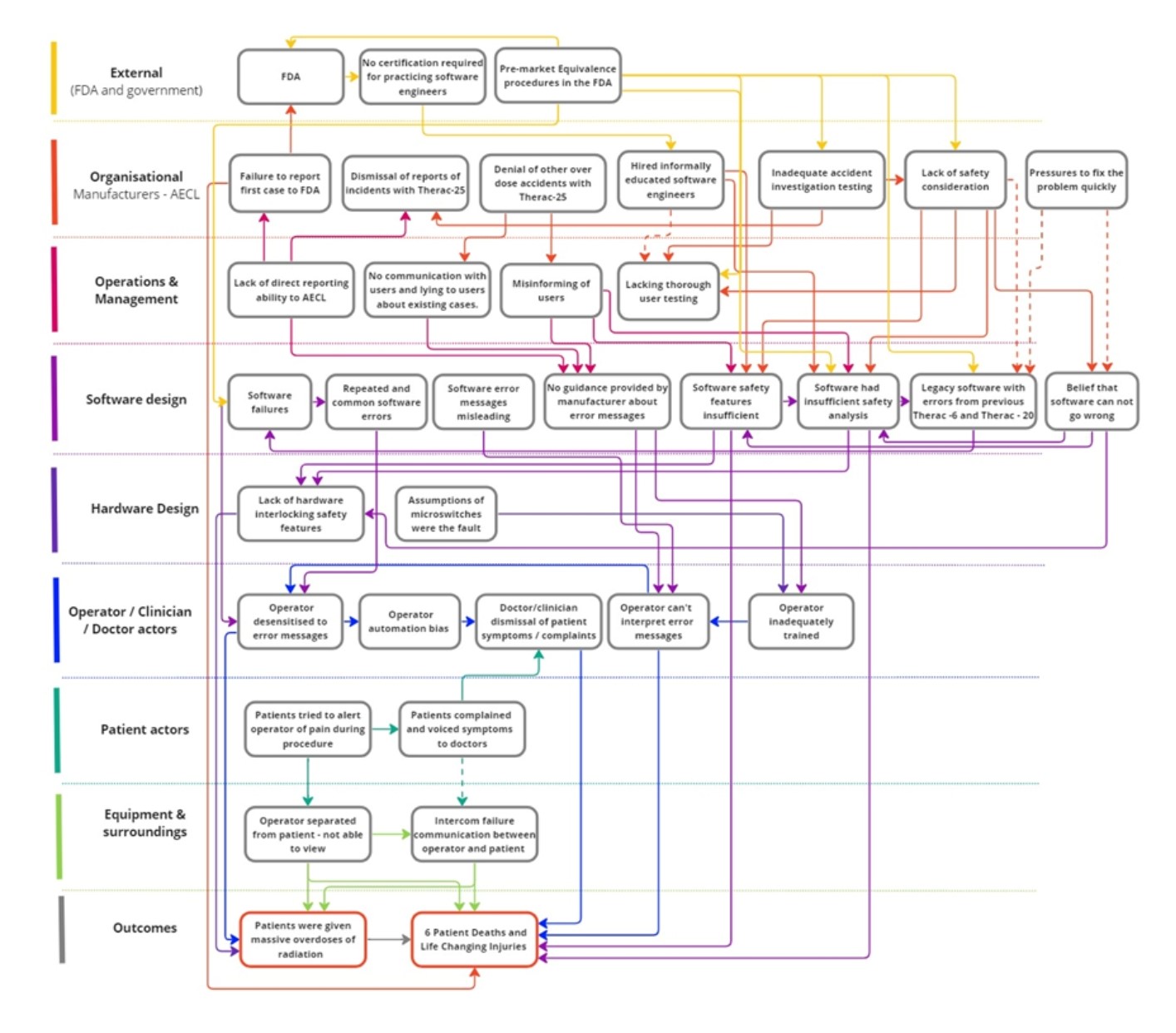
Beth Chadburn
I am a product designer who turned to ergonomics and human factors because of a passion for human interaction with objects and systems with a keen interest in medical device design.

I am a product designer who turned to ergonomics and human factors because of a passion for human interaction with objects and systems with a keen interest in medical device design.

Research Question:
‘Do bed height and anthropometric size affect the physical discomfort in the hands, wrists, and elbows, of females using laparoscopic instruments and carrying out surgical tasks?’.
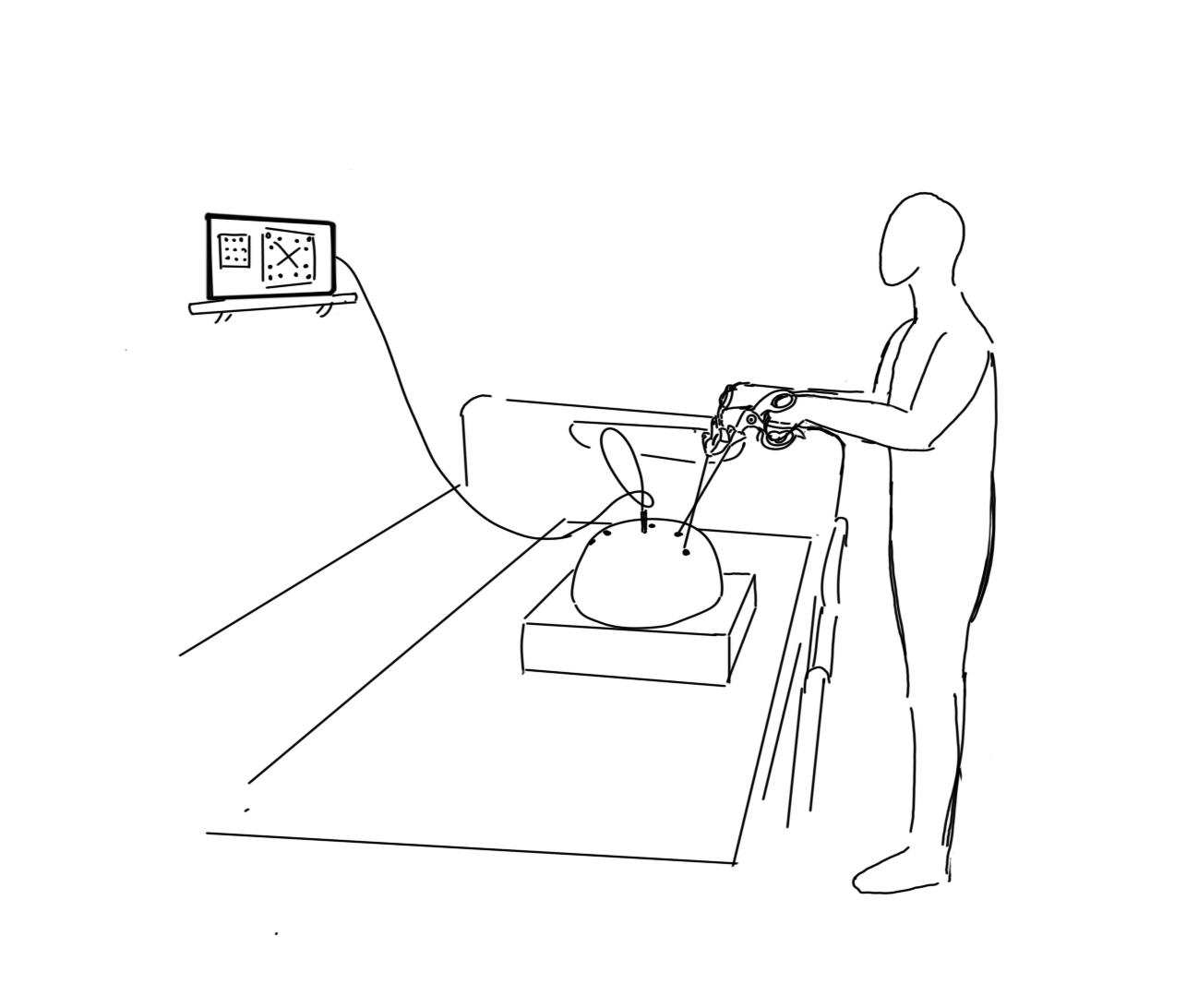
As the diversity of practising surgeons is increasing, there is a growing need for inclusive laparoscopic instruments and ergonomic practices (Mesiti, 2023). Often female laparoscopic surgeons experience higher rates of MSDs and chronic pain linked to surgical procedures and instrument design (Hislop, 2023). Limitations of operating room design for female surgeons, such as table height range and laparoscopic instrument design, mean they must adapt techniques to achieve the desired outcomes. Consequently, the inadequate design forces surgeons to use high-risk postures that are held for extended periods or frequently repeated over the procedure inducing MSDs (Sánchez-Margallo, 2017).
The objectives of this research are to:
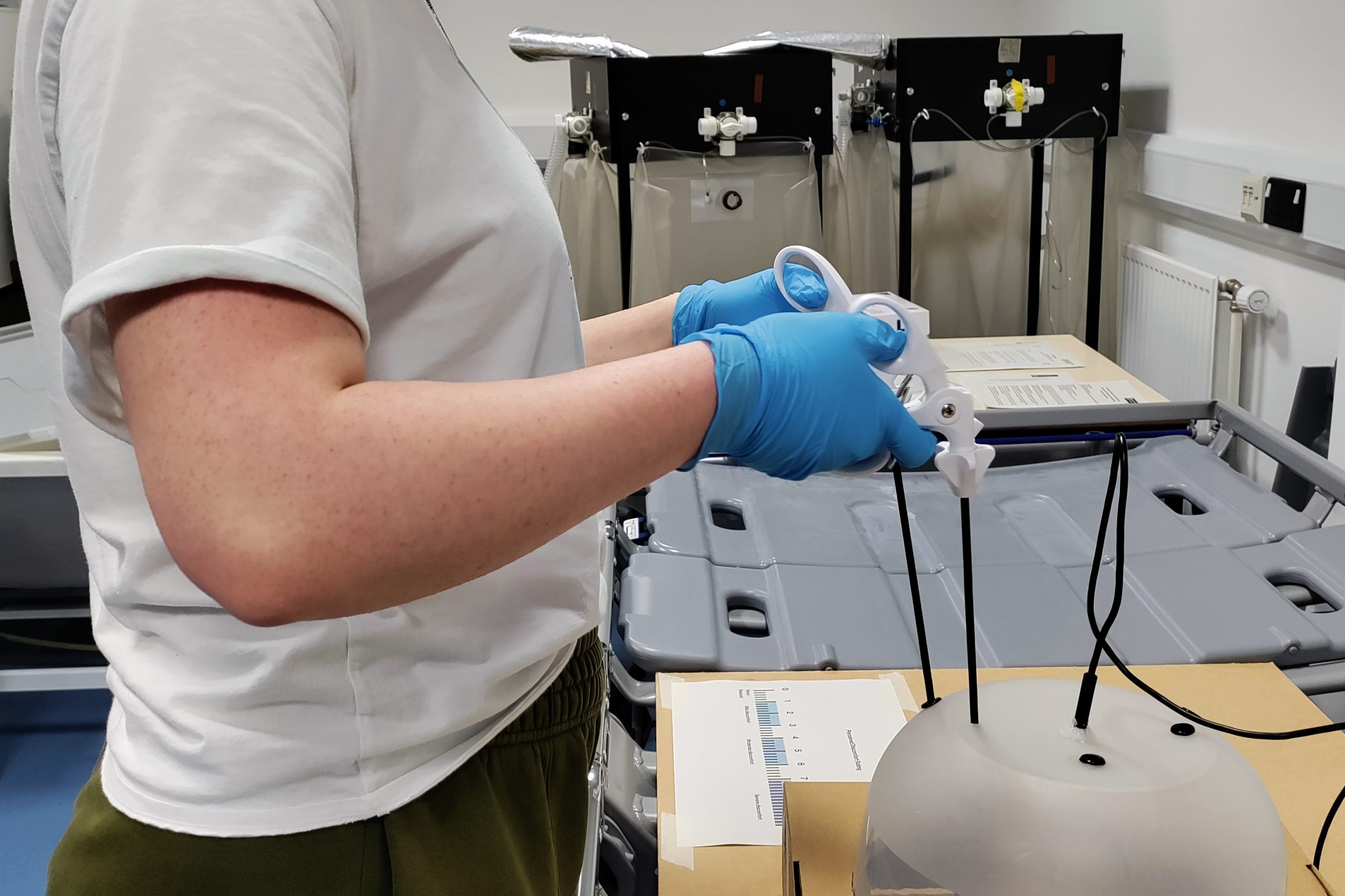


The research found that the operating height of female surgeons carrying out laparoscopic procedures influences the discomfort experienced. The lack of anthropometric variability in the design of operating table height and laparoscopic instruments causes an increased risk of MSDs for female surgeons, who are more likely to have a shorter stature and smaller hand size. The accumulation of high bed height and laparoscopic instrument design exacerbates the discomfort experienced by female surgeons who must perform awkward postural movements for surgical tasks. These adaptations some female surgeons use to perform surgery are unsatisfactory ergonomic solutions. Therefore, alterations to operating room equipment in laparoscopic surgery should include a wider range of adjustable operating heights for shorter stature. The design of laparoscopic instruments should focus on adaptability for various anthropometric measurements principally, the index-finger, the middle-finger and the handbreadth.
